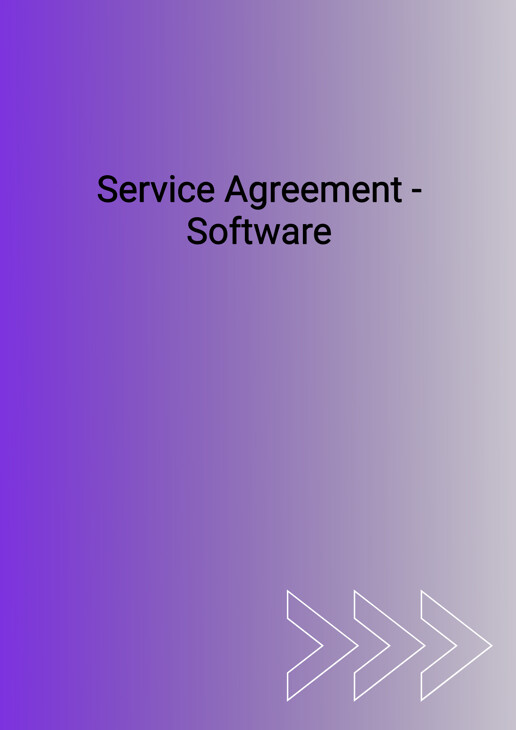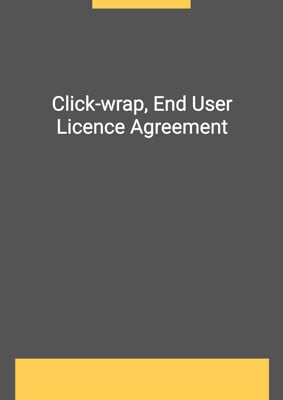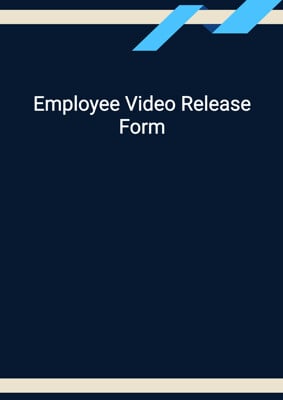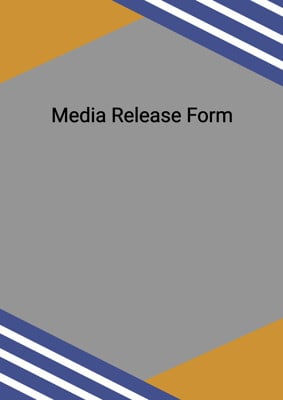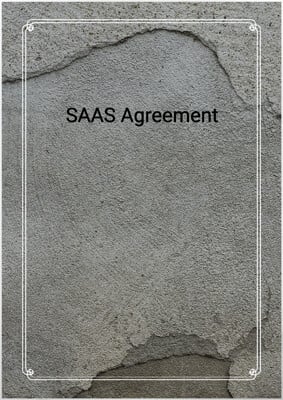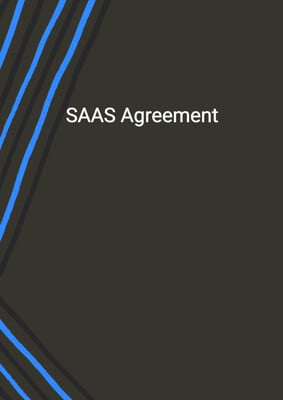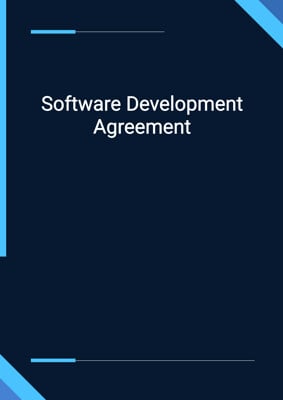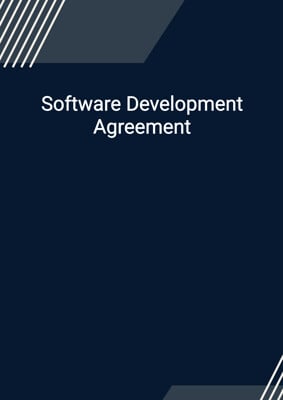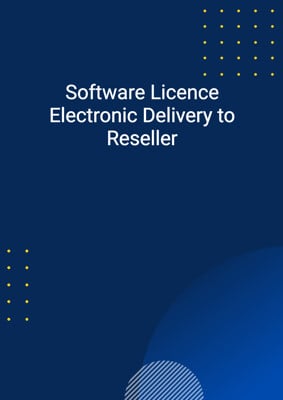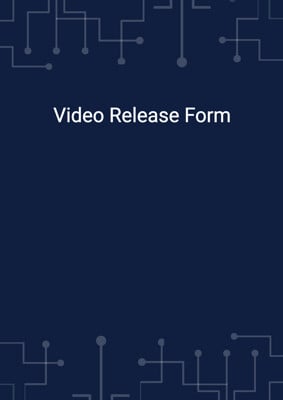How to Tailor the Document for Your Need?
01
Create Document
Fill in the details of the parties. You can click the "Fill with Member’s Information" button to complete it with information saved to your account.
02
Fill Information
Please fill in any additional information by following the step-by-step guide on the left hand side of the preview document and click the "Next" button.
03
Get Document
When you are done, click the "Get Document" button and you can download the document in Word or PDF format.
04
Review Document
Please get all parties to review the document carefully and make any final modifications to ensure that the details are correct before signing the document.
Document Preview
Document Description
The Service Agreement - Software is a document that outlines the agreement between two parties, the company and the customer, regarding the provision of software products and services. This agreement is important as it sets out the terms and conditions under which the company will provide the products and services to the customer. It ensures that both parties are aware of their rights and obligations and helps to avoid any misunderstandings or disputes.
The entire document is divided into several sections, each addressing different aspects of the agreement. The first section is the interpretation section, which provides definitions for key terms used throughout the document. This section ensures that both parties have a clear understanding of the terms used in the agreement.
The second section is the engagement of the company, which outlines the engagement of the company to provide the services and products to the customer. It specifies the commencement date and completion date of the services, as well as the obligations of both parties during the engagement.
The third section is about the licensed software, which grants the customer a non-exclusive, non-transferable license to use the licensed software provided by the company. It specifies the terms and conditions of the license, including the restrictions on use and the obligations of the customer.
The fourth section is about consultancy services, which outlines the requirements and specifications for the consultancy services to be provided by the company. It specifies the resources required and the project plan for the consultancy services.
The fifth section is about software development, which outlines the requirements and specifications for the development of software by the company. It specifies the resources involved and the project plan for the software development.
The sixth section is about system integration, which outlines the requirements and specifications for the integration of a system by the company. It specifies the resources involved and the project plan for the system integration.
The seventh section is about acceptance, which outlines the process for acceptance of the products and services by the customer. It specifies the acceptance tests and the procedures for acceptance.
The eighth section is about the customer's obligations, which outlines the obligations of the customer under the agreement. It specifies the customer's obligations regarding the use of the licensed software, the payment of fees, and the provision of resources.
The ninth section is about the company's obligations, which outlines the obligations of the company under the agreement. It specifies the company's obligations regarding the provision of services and products, the compliance with laws and regulations, and the quality of documentation.
The tenth section is about confidential information, which outlines the obligations of both parties regarding the confidentiality of information exchanged during the engagement. It specifies the restrictions on the use and disclosure of confidential information.
The eleventh section is about ownership of intellectual property rights, which outlines the ownership of intellectual property rights created or arising out of the agreement. It specifies the ownership of background intellectual property and the ownership of intellectual property created during the engagement.
The twelfth section is about warranties, which outlines the warranties provided by both parties under the agreement. It specifies the warranties provided by the customer regarding the use of the products and the warranties provided by the company regarding the performance of the licensed software.
The thirteenth section is about indemnities and limitation of liability, which outlines the indemnities provided by the company and the limitations of liability under the agreement. It specifies the indemnification of the customer in case of claims and the limitations of liability for the company.
The fourteenth section is about dispute resolution, which outlines the process for resolving disputes between the parties. It specifies the requirement for negotiation in good faith and the use of reasonable commercial efforts to resolve disputes.
The fifteenth section is about force majeure, which outlines the parties' obligations in case of force majeure events. It specifies the non-liability of the parties for delay or non-performance caused by circumstances beyond their control.
The sixteenth section is about termination, which outlines the conditions for termination of the agreement by either party. It specifies the conditions for termination due to insolvency events, failure to pay, or breach of the agreement.
The seventeenth section is about notices and service, which outlines the requirements for giving notices under the agreement. It specifies the methods of service and the addresses of the parties for the purpose of giving notices.
The eighteenth section is about assignment, which outlines the restrictions on the assignment of rights and obligations under the agreement. It specifies that neither party can assign, transfer, or charge any rights or obligations without the prior written consent of the other party.
The nineteenth section is about payment, which outlines the terms of payment for the services and products. It specifies the invoicing and payment terms, as well as the consequences of late payment.
The twentieth section states that no rights under the agreement can be enforced by third parties.
The twenty-first section is about governing law and jurisdiction, which specifies the governing law and jurisdiction for any disputes arising out of the agreement.
The twenty-second section states that the agreement contains the entire agreement between the parties and supersedes all prior agreements and undertakings.
The twenty-third section states that further assurances must be done by each party to give full effect to the agreement.
The twenty-fourth section states that any variation or modification of the agreement must be in writing and signed by both parties.
This Service Agreement - Software is a comprehensive document that covers all aspects of the agreement between the company and the customer. It ensures that both parties are aware of their rights and obligations and provides a framework for the provision of software products and services.
How to use this document?
To use the Service Agreement - Software document, follow these steps:
1. Review the entire document to understand the terms and conditions of the agreement.
2. Make sure you have a clear understanding of the definitions provided in the interpretation section.
3. Determine the commencement date and completion date of the services as specified in the engagement of the company section.
4. Familiarize yourself with the terms and conditions of the licensed software, including the restrictions on use and the obligations of the customer.
5. If consultancy services are required, review the requirements and specifications in the consultancy services section.
6. If software development is required, review the requirements and specifications in the software development section.
7. If system integration is required, review the requirements and specifications in the system integration section.
8. Understand the acceptance process and the procedures for acceptance as outlined in the acceptance section.
9. Ensure that you comply with your obligations as specified in the customer's obligations section, including the use of licensed software, payment of fees, and provision of resources.
10. Familiarize yourself with the company's obligations, including the provision of services and products, compliance with laws and regulations, and quality of documentation.
11. Maintain the confidentiality of any confidential information exchanged during the engagement as outlined in the confidential information section.
12. Understand the ownership of intellectual property rights created or arising out of the agreement as specified in the ownership of intellectual property rights section.
13. Be aware of the warranties provided by both parties under the agreement as outlined in the warranties section.
14. Understand the indemnities provided by the company and the limitations of liability as specified in the indemnities and limitation of liability section.
15. In case of a dispute, make reasonable efforts to resolve it through negotiation in good faith as outlined in the dispute resolution section.
16. Be aware of the parties' obligations in case of force majeure events as specified in the force majeure section.
17. Understand the conditions for termination of the agreement by either party as outlined in the termination section.
18. Follow the requirements for giving notices under the agreement as specified in the notices and service section.
19. Comply with the payment terms and ensure timely payment of fees as outlined in the payment section.
20. Remember that no rights under the agreement can be enforced by third parties as stated in the no rights under contracts for third parties section.
21. Be aware of the governing law and jurisdiction for any disputes as specified in the governing law and jurisdiction section.
22. Keep in mind that the agreement contains the entire agreement between the parties and supersedes all prior agreements and undertakings as stated in the entire agreement section.
23. Do everything reasonably necessary to give full effect to the agreement as stated in the further assurances section.
24. Any variation or modification of the agreement must be in writing and signed by both parties as stated in the variation section.
By following these steps, you can effectively use the Service Agreement - Software document and ensure compliance with the terms and conditions of the agreement.
Not the right document?
Don’t worry, we have thousands of documents for you to choose from:
